In the first 4 months of the year, the total state budget revenue in the province reached nearly 20,000 billion VND, reaching over 37% of the estimate, equal to 106% compared to the same period in 2022. This is the result of the efforts of the tax sector in general and departments, branches and localities in particular in implementing many solutions to increase state budget revenue. However, there are still many revenues that are not really sustainable, requiring more drastic and appropriate solutions to increase state budget revenue.
According to statistics, in the total state budget revenue in the first 4 months, 5,000 billion VND was collected from import-export activities, reaching 42% of the estimate, equal to 105% over the same period; domestic revenue reached nearly 15,000 billion VND, reaching over 35% of the estimate, equal to 107% over the same period. Evaluating by tax and revenue, only 7/17 revenue items in the first 4 months are estimated to reach the average rate (33%), including: Revenue from centrally managed state-owned enterprises (46%), revenue from the state-owned enterprise sector managed by localities (50%), revenue from foreign-invested enterprises (36%), revenue from granting mineral exploitation rights (40%), revenue from lottery activities (40%); the remaining 10/17 revenue items have not reached the average rate, including: Revenue from the state-owned business sector (32%); registration fees (21%); Non-agricultural land use tax (11%); land use fee (28%); land and water surface rental fee (19%); environmental protection tax (22%); fees and charges (29%); commune revenues (6%); other budget revenues (23%); dividends and after-tax profits (0%).
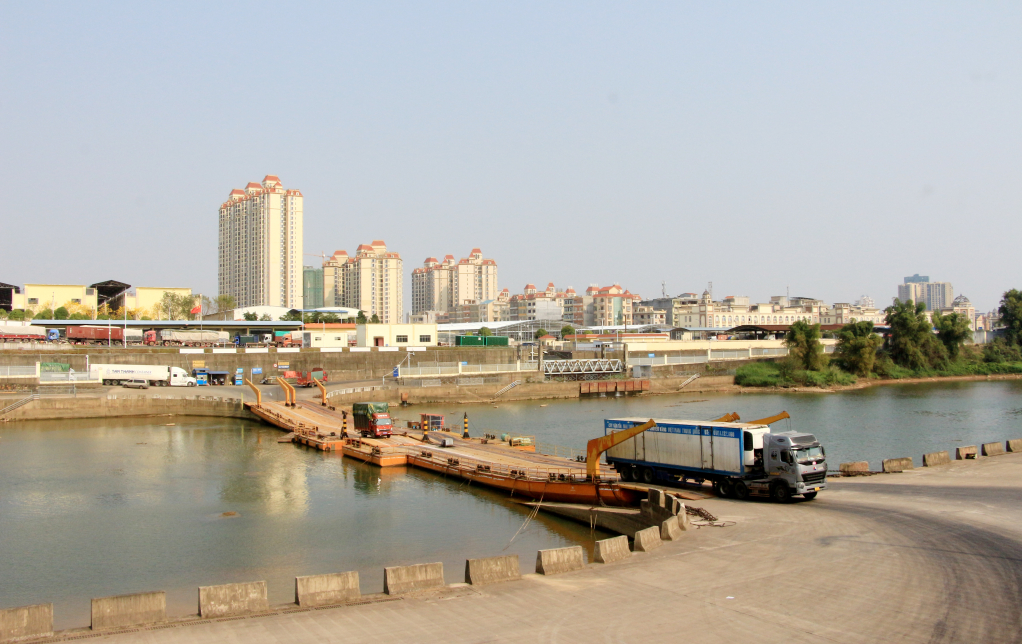
The reasons for the 10 revenue items not reaching the average rate are assessed by the tax sector as new production and business activities in the recovery stage; frozen real estate and securities markets; reduced revenue from land registration fees; limited access to loans for production and business activities by enterprises; high input costs while the output market is limited and the policy of exemption and reduction of environmental protection tax according to Resolution No. 30/NQ-UBTVQH dated December 30, 2022 of the National Assembly Standing Committee.
According to the tax authority, in addition to the import-export revenue collected by the Customs Department, the Tax Department's revenue in the first 4 months of the year reached VND 10,687 billion, reaching 40% of the estimate, equal to 113% compared to the same period in 2022; the local revenue reached over VND 4,170 billion, reaching 26% of the estimate, equal to 99% compared to the same period in 2022.
Basically, the revenues collected by the Customs Department and the Tax Department have all met the average collection rate; only the local revenue has not met the set requirements. In terms of tax and fee collection in localities, it has only reached over 2,000 billion VND, of which only 6/13 localities have met the average collection rate (Mong Cai reached 50%, Hai Ha 47%, Dam Ha 42%, Tien Yen 35%, Dong Trieu 34%, Ba Che 33%). In particular, land use fee collection has only reached 2,135 billion VND, reaching 28% of the estimate, equal to 89% compared to the same period. Only Mong Cai city has met the average collection rate, while the remaining 12/13 localities have not met the target. Some localities have low collection rates, such as: Cam Pha 2%, Hai Ha 3%, Dam Ha 4%, Binh Lieu 1%, Ba Che 3%, Co To 0%.
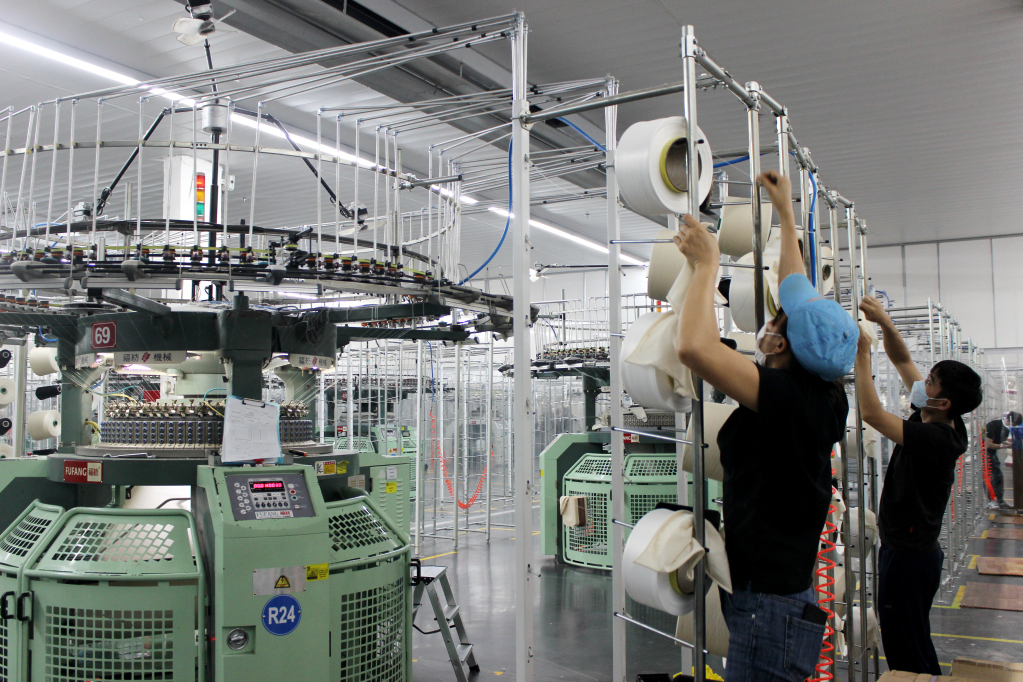
According to the leaders of the Department of Finance, the slow progress of land use fee collection is due to the fact that localities have to carry out many legal procedures, adjust planning, and approve investment policies. In addition, at the beginning of the year, localities have just implemented resettlement land allocation and land use purpose conversion, so the land use fee collection will be concentrated in the second and third quarters.
With the target of collecting over VND 53,000 billion in state budget revenue in 2023 as determined in Resolution No. 12-NQ/TU dated November 28, 2022 of the Provincial Party Committee, the departments, branches and localities of the province are reviewing and promptly removing difficulties and obstacles, promoting production and business activities, especially in the coal, electricity, gasoline, oil and import-export sectors; effectively implementing administrative reforms associated with improving the investment and business environment; simplifying and shortening the time to handle administrative procedures, creating the most favorable conditions, and reducing costs for businesses and people.
Currently, departments, branches and localities are also continuing to closely follow the land use fee collection plan compiled by the Department of Natural Resources and Environment in Official Dispatch No. 628/TNMT-DKDD dated February 15, 2023, Official Dispatch No. 1274/TNMT-DKDD dated March 20, 2023 and the direction of the Provincial People's Committee in Notice No. 45/TB-VPUBND dated April 12, 2023, urgently implementing the collection of land use fees and land rents for projects whose land prices have been approved by the Provincial People's Committee, to be completed before May 30, 2023; urgently develop, appraise and submit to the Provincial People's Committee for consideration and approval of land prices for projects that have had decisions on land allocation, land lease, planning adjustment, land use structure adjustment, and conclusions on inspection, examination and audit of land prices.
Source







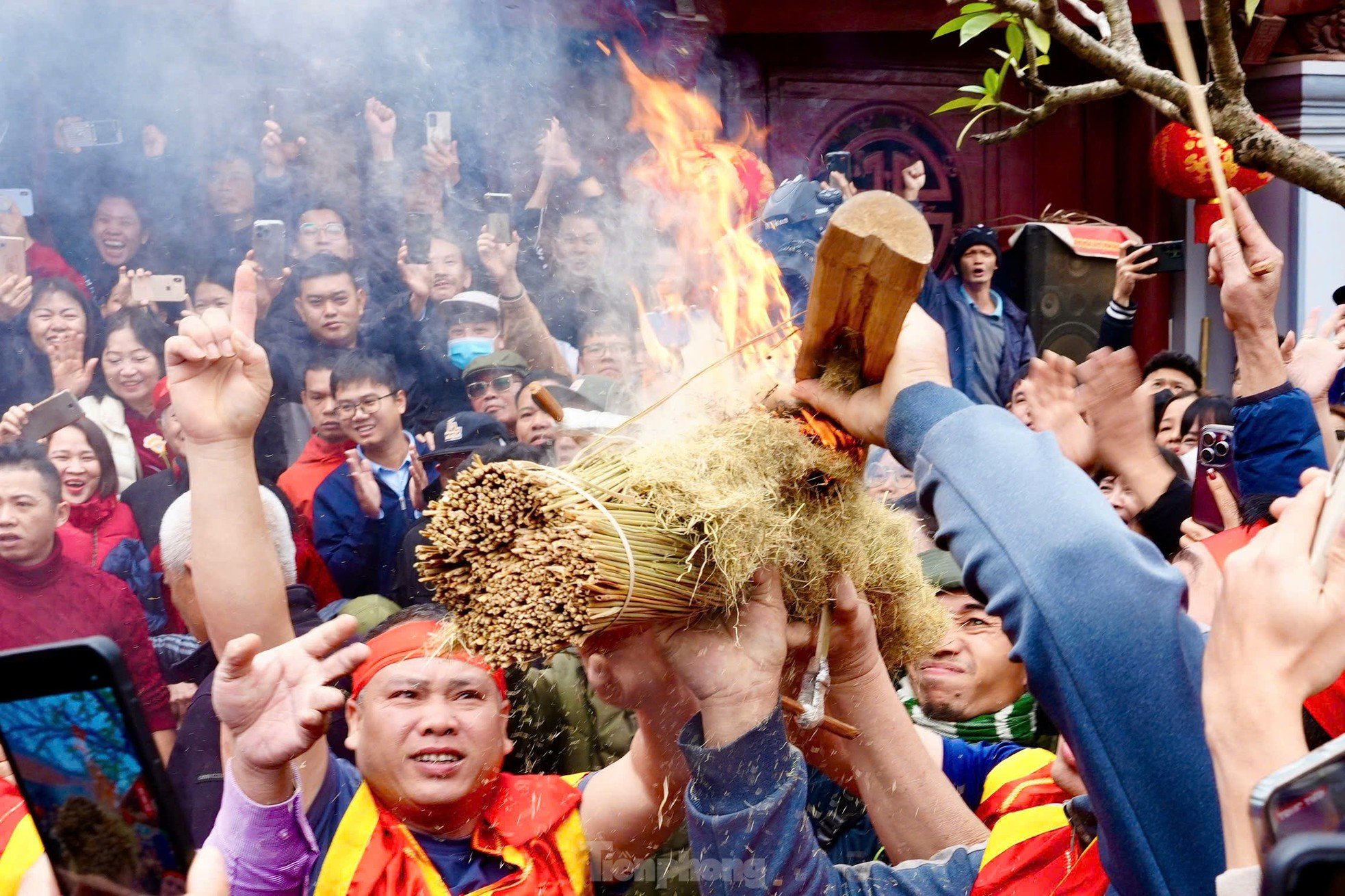









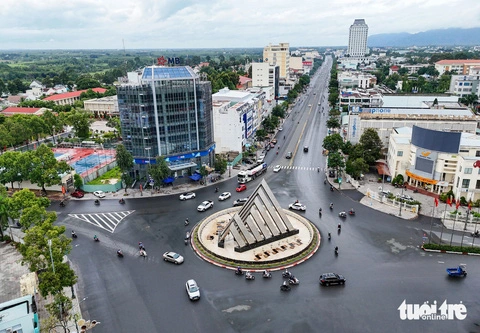

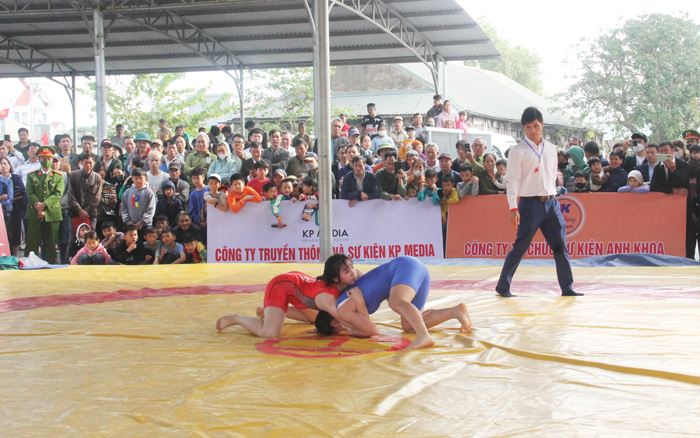
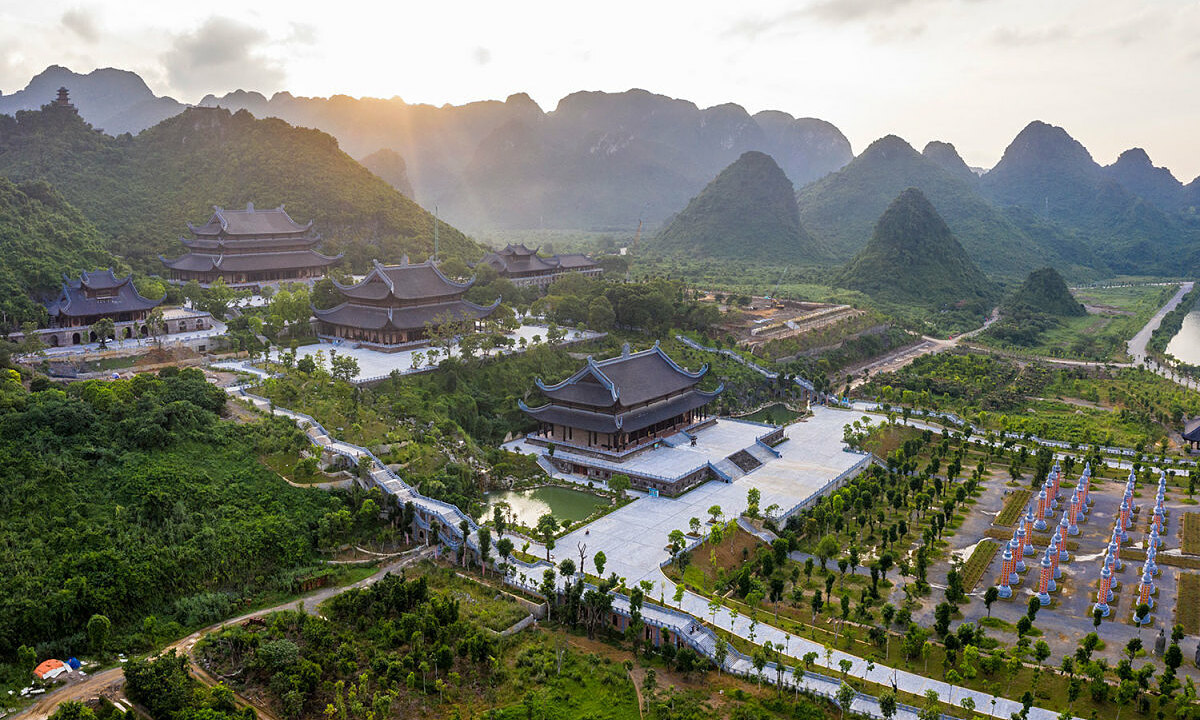
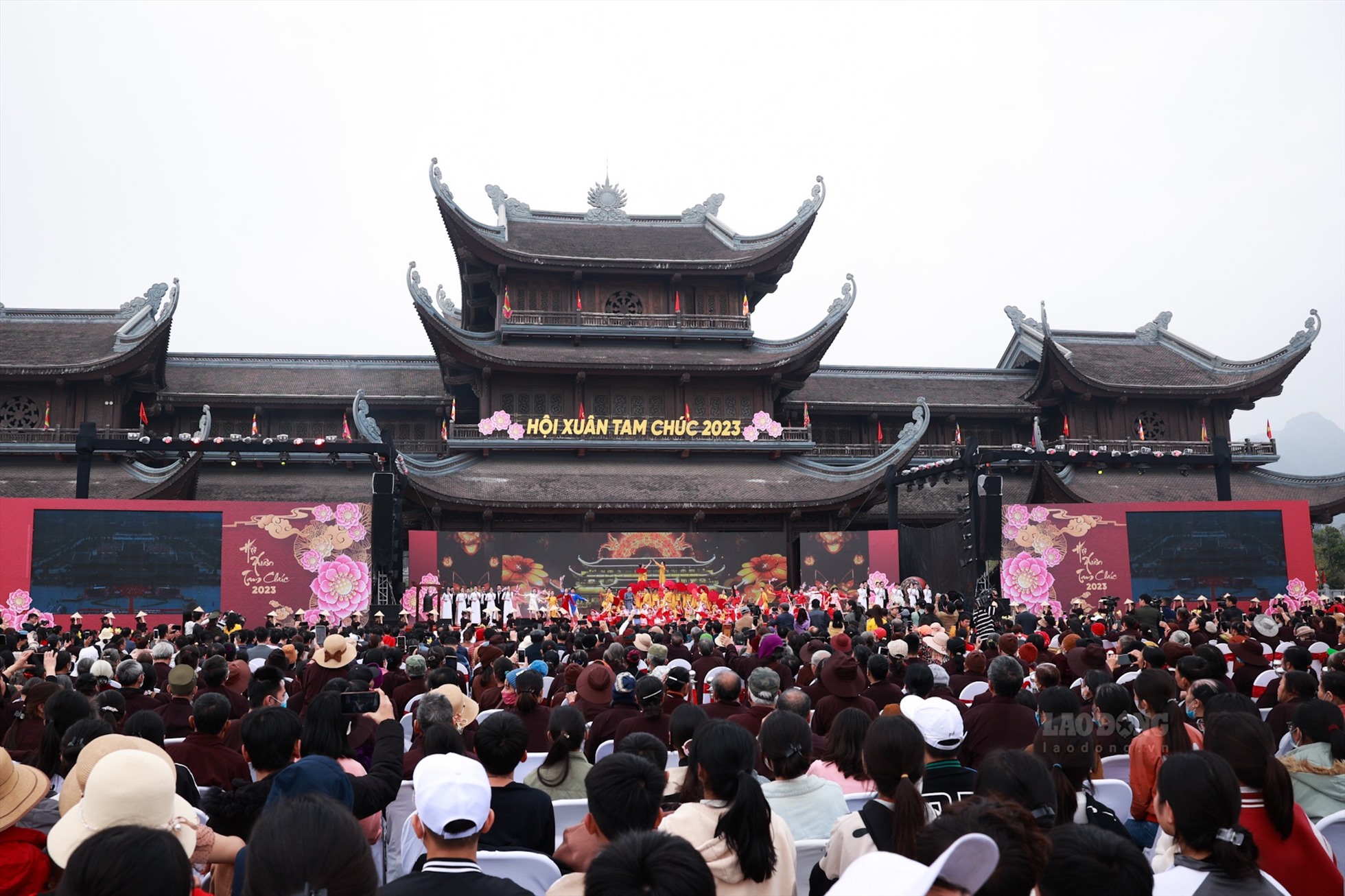





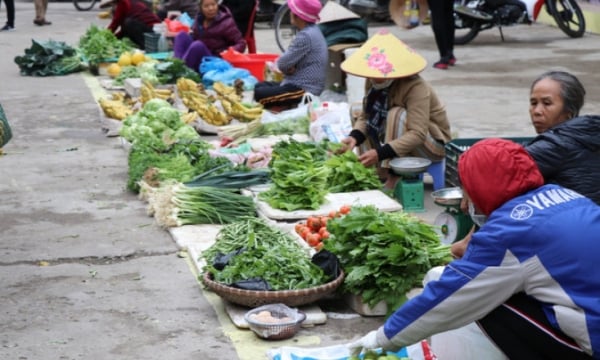





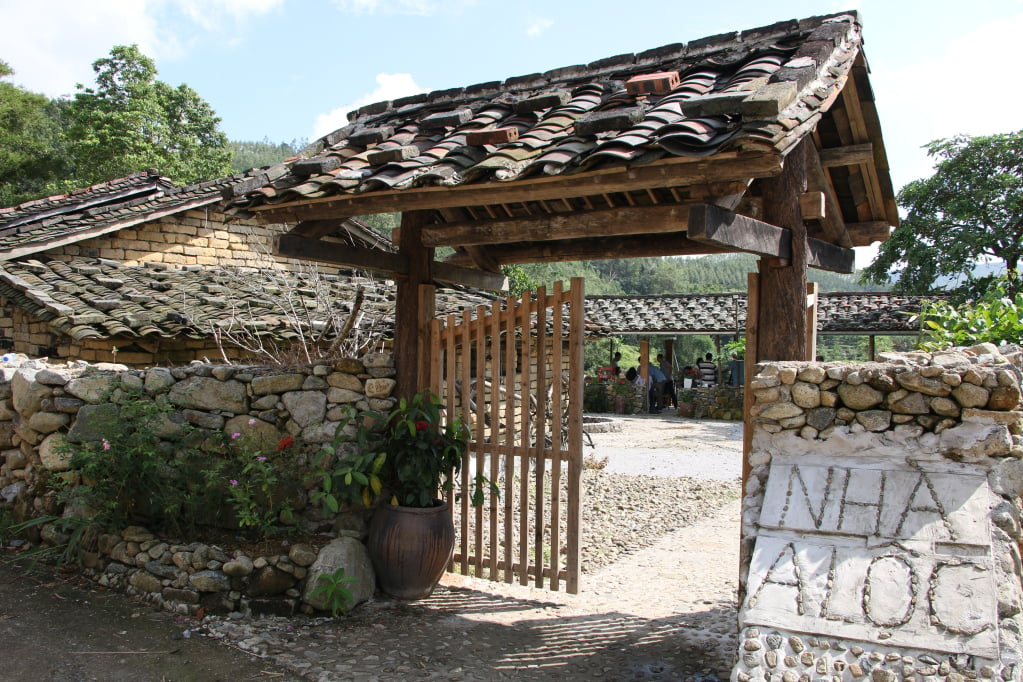




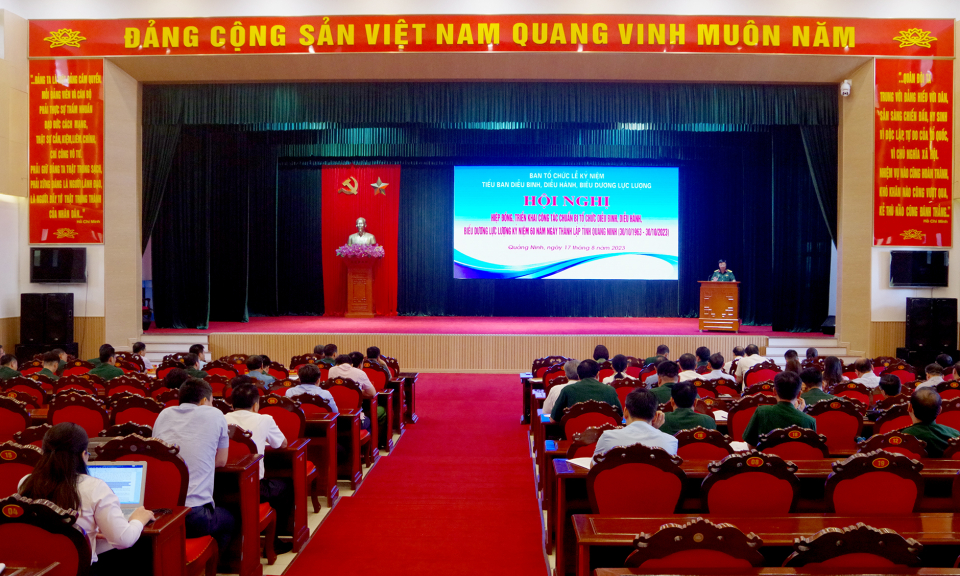














Comment (0)